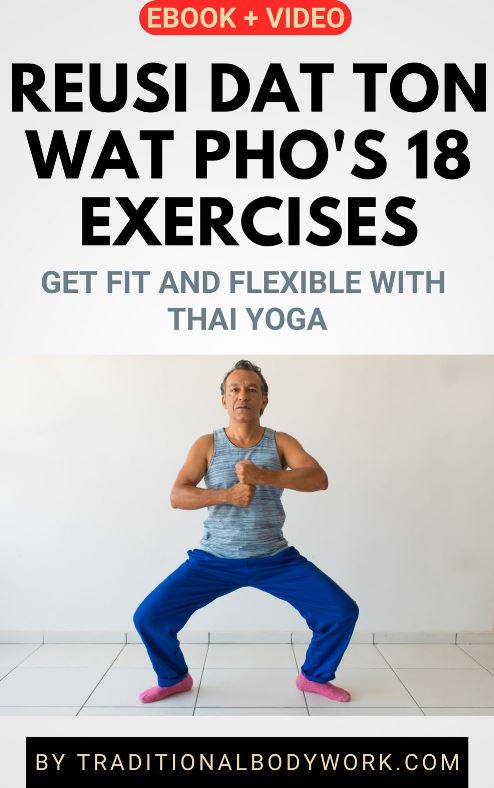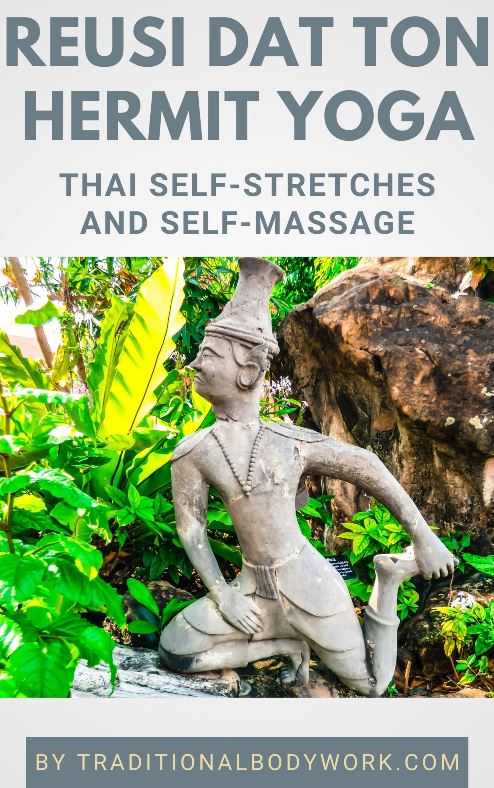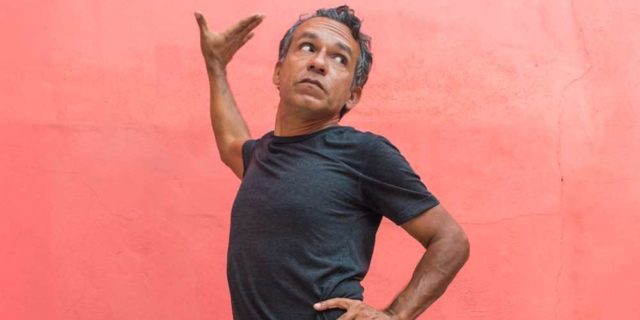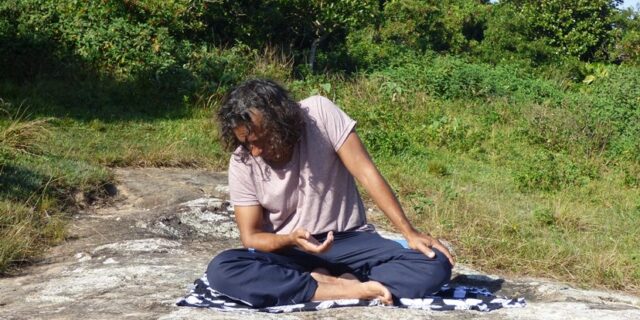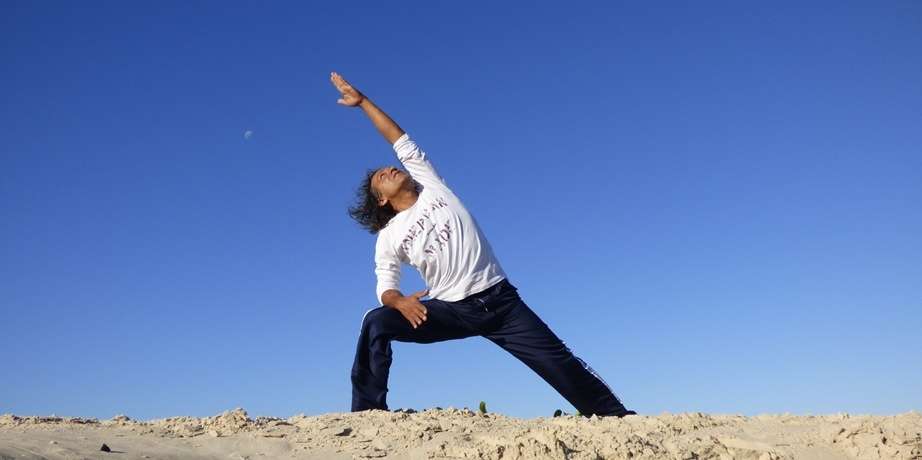
It’s common to do some warming-up exercises with the students before the Thai Massage class day starts. This can take anything between five and fifteen minutes or perhaps even a bit longer, say half an hour.
It’s good to do so to prevent muscle tear and other muscle injuries during the trainings. Thai Massage is quite an intensive bodywork modality, the moves of the practitioner are diverse, and it’s best when the student who gives it is warmed-up a bit.
In Thailand, many teachers do some Thai Yoga Self-Stretching exercises (Reusi Dat Ton) before the classes start, but of course, one can do any kind of exercises, such as Yoga, Pilates or common stretches.
After the Thai Massage class day, I personally think it’s best to just relax. If there are any facilities near, such as a sauna, Jacuzzi, swimming pool, river or beach, well, that would be great. There are however schools that end the classes with Yoga or some other kind of bodywork, but I think that that’s just a bit over the top after a full day of physical work.
Other teachers specifically incorporate complementary bodywork into the classes, not only as a means of warming-up, but as a tool for the future practitioner to counter-act his or her work as a Thai Massage therapist and to unwind.
That is, doing something different, using the body differently, using other muscle groups. Think of modalities such as Aikido, Tai Chi, Qigong, but also Reusi Dat Ton and Yoga, just to give some examples.
Receive occasional news about our new eBook and Video Workshop publications.

